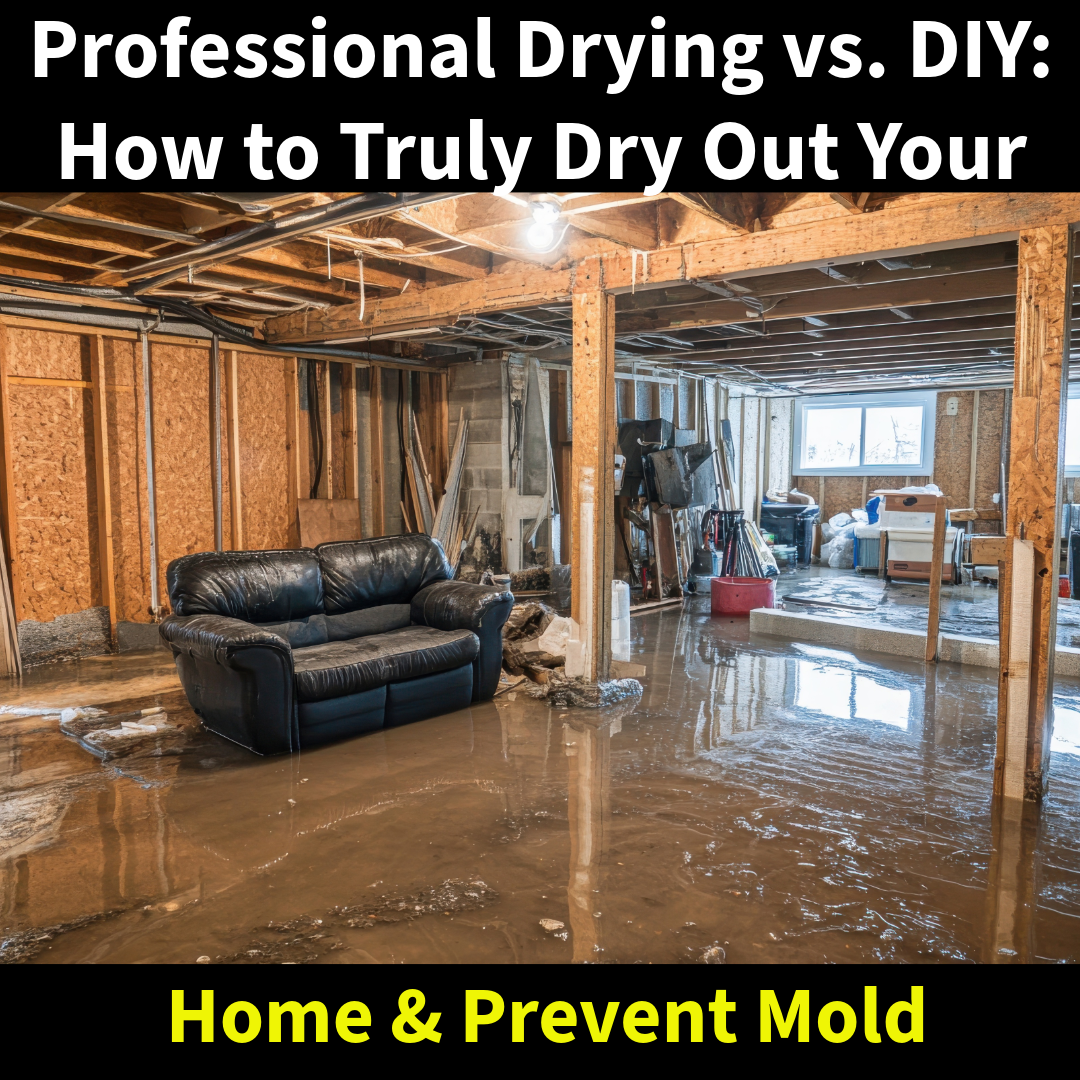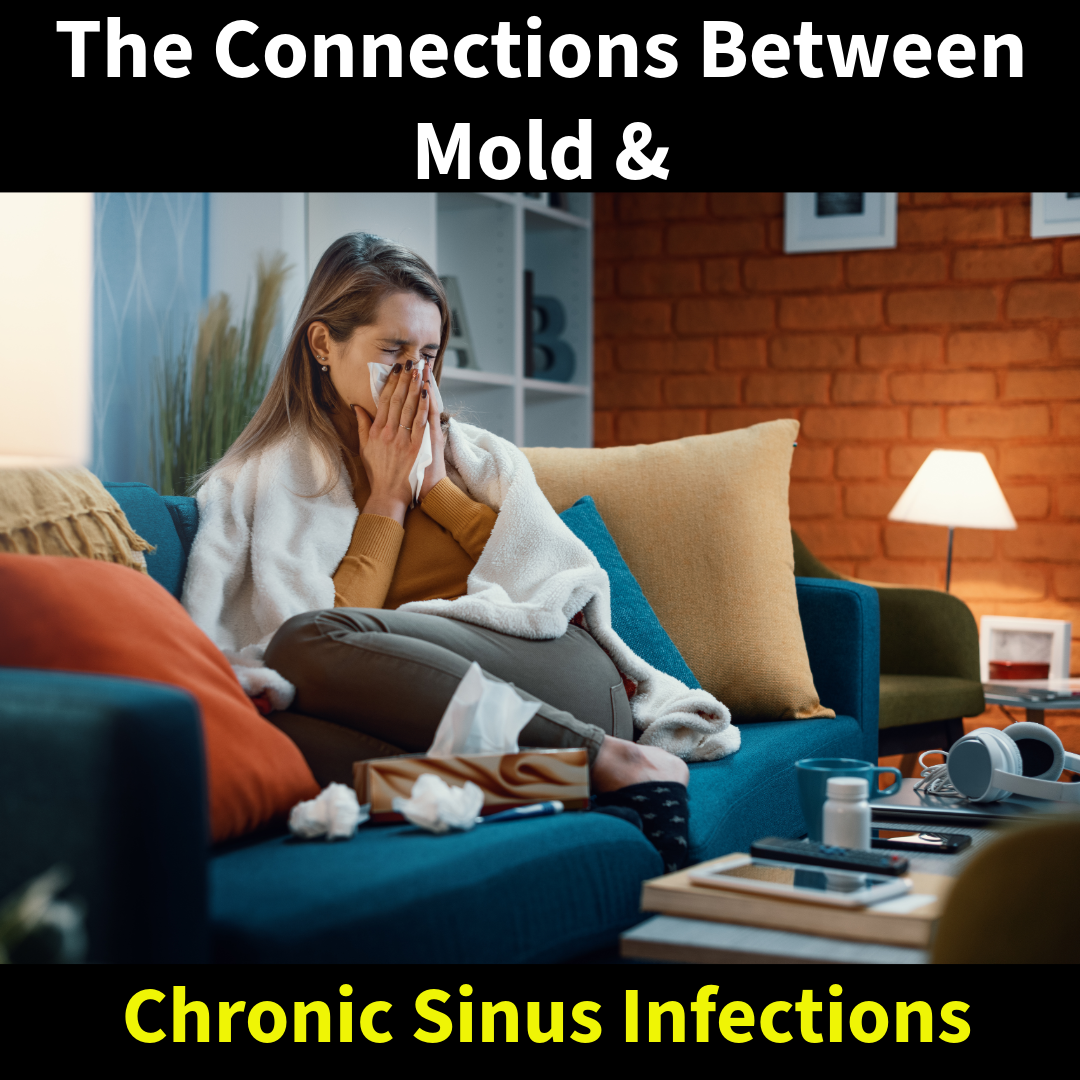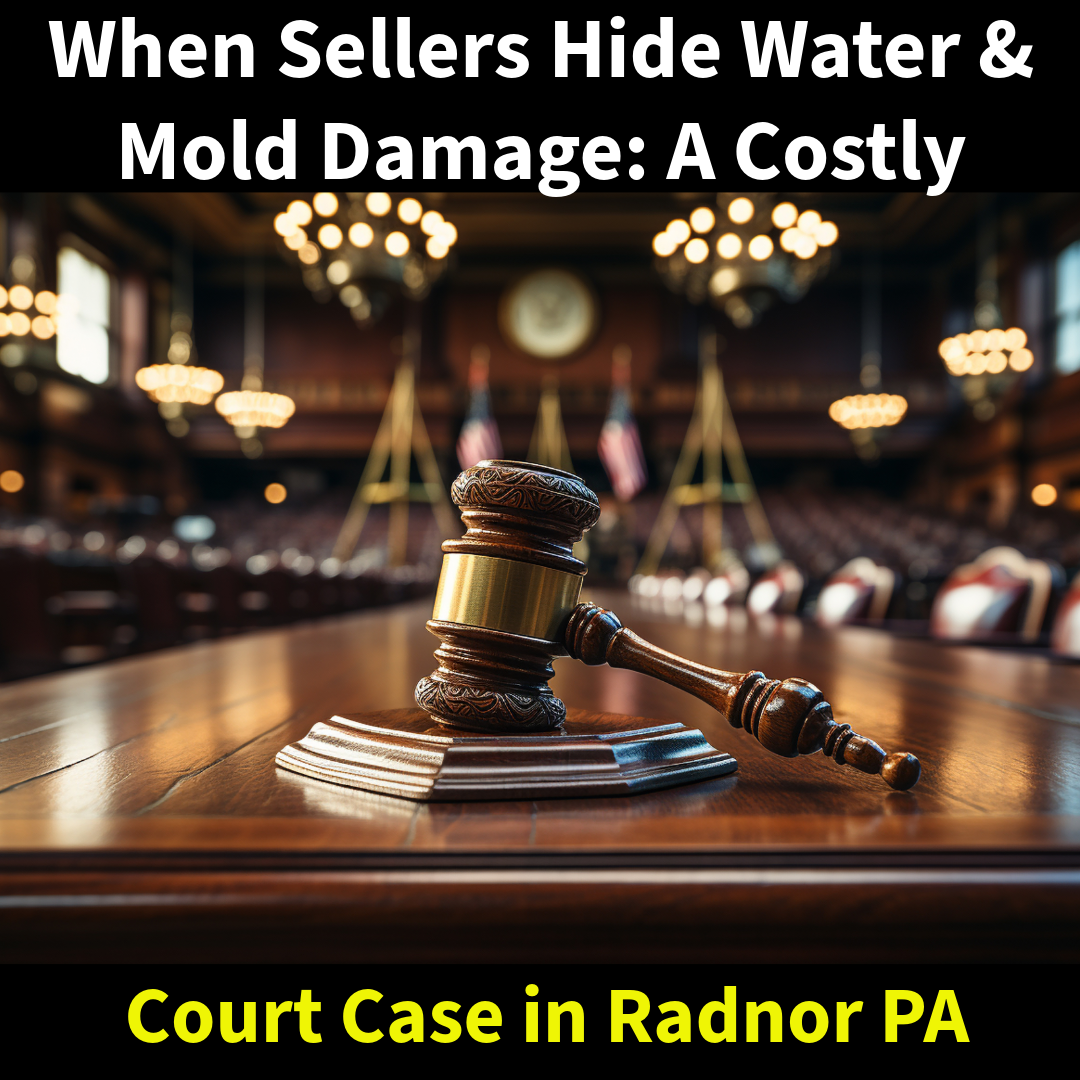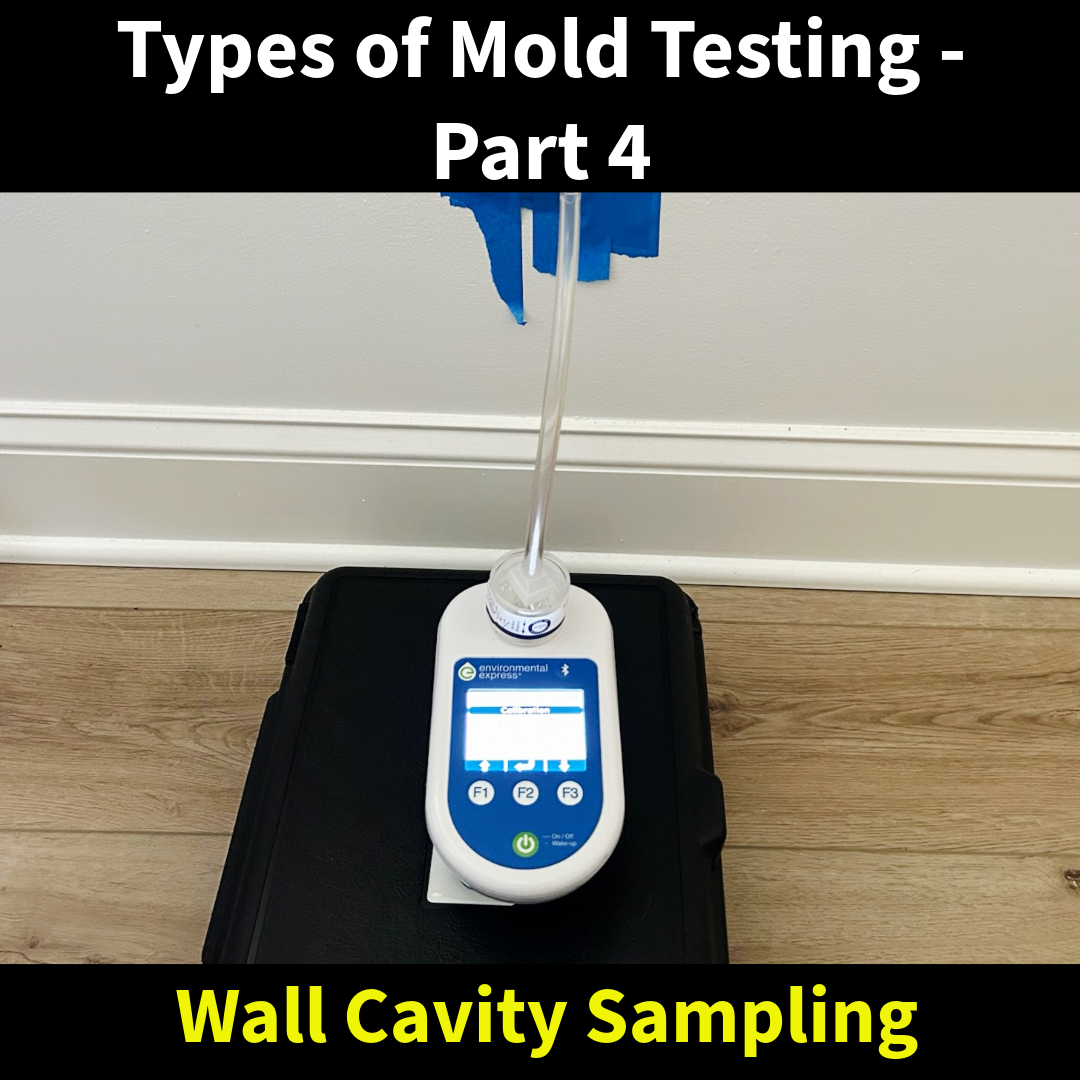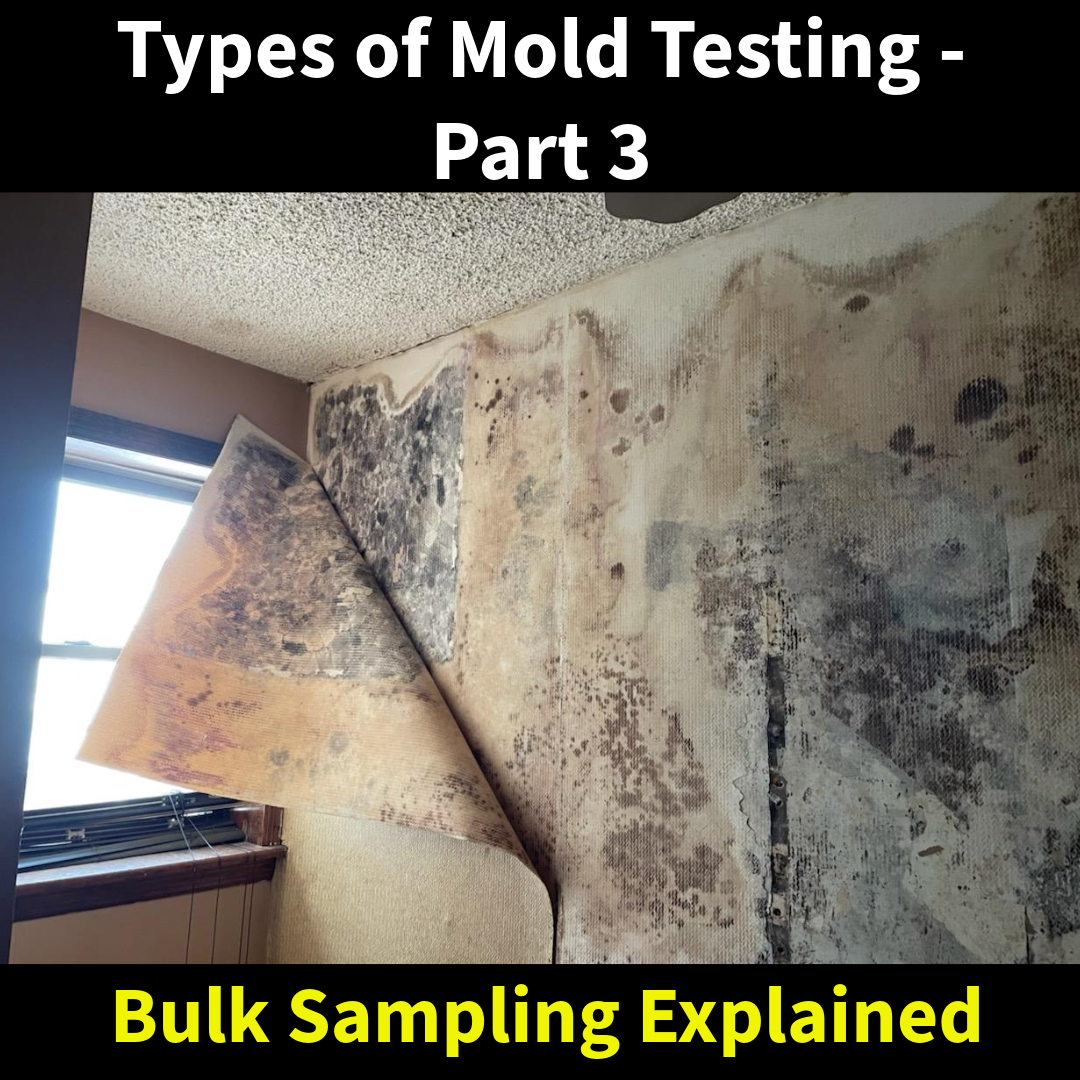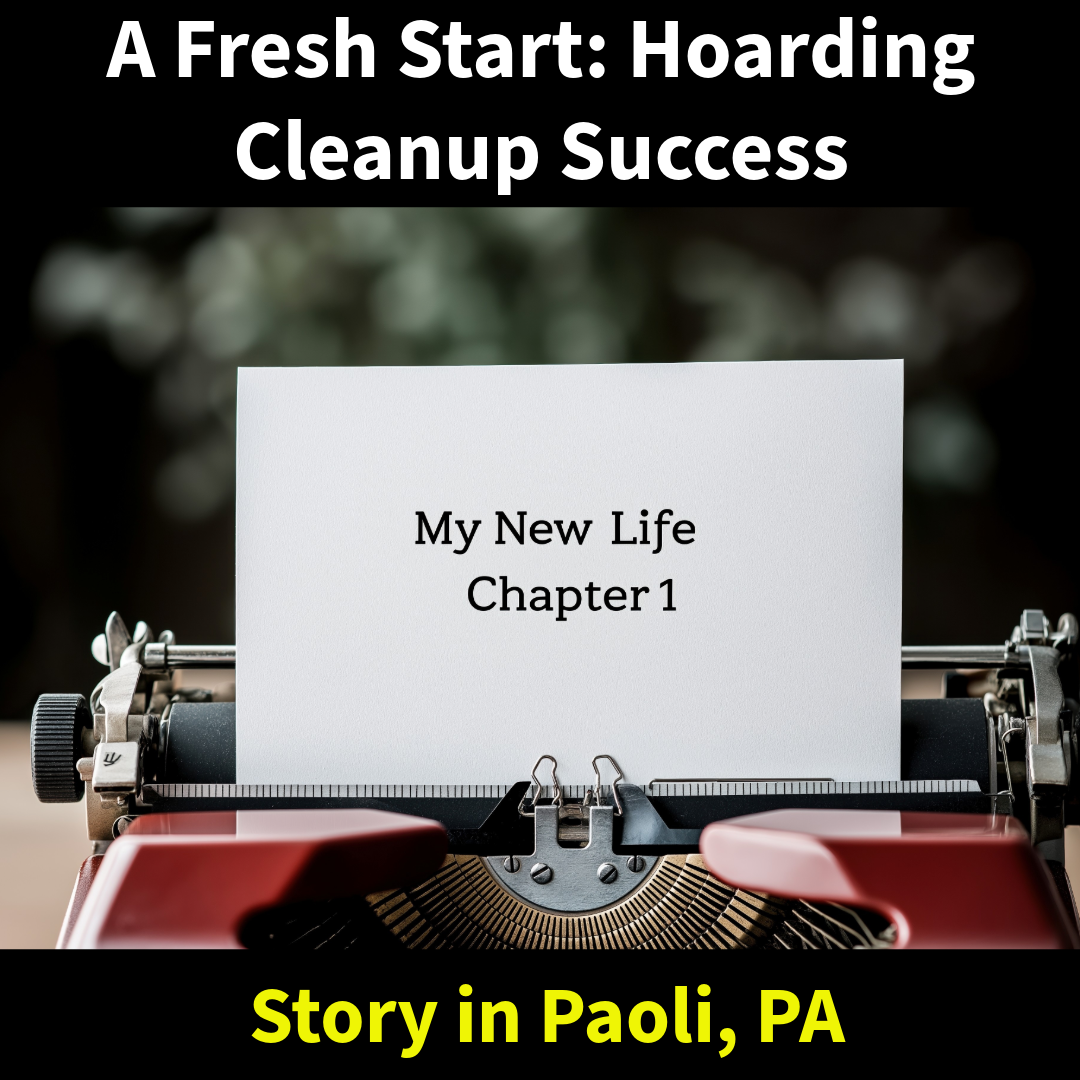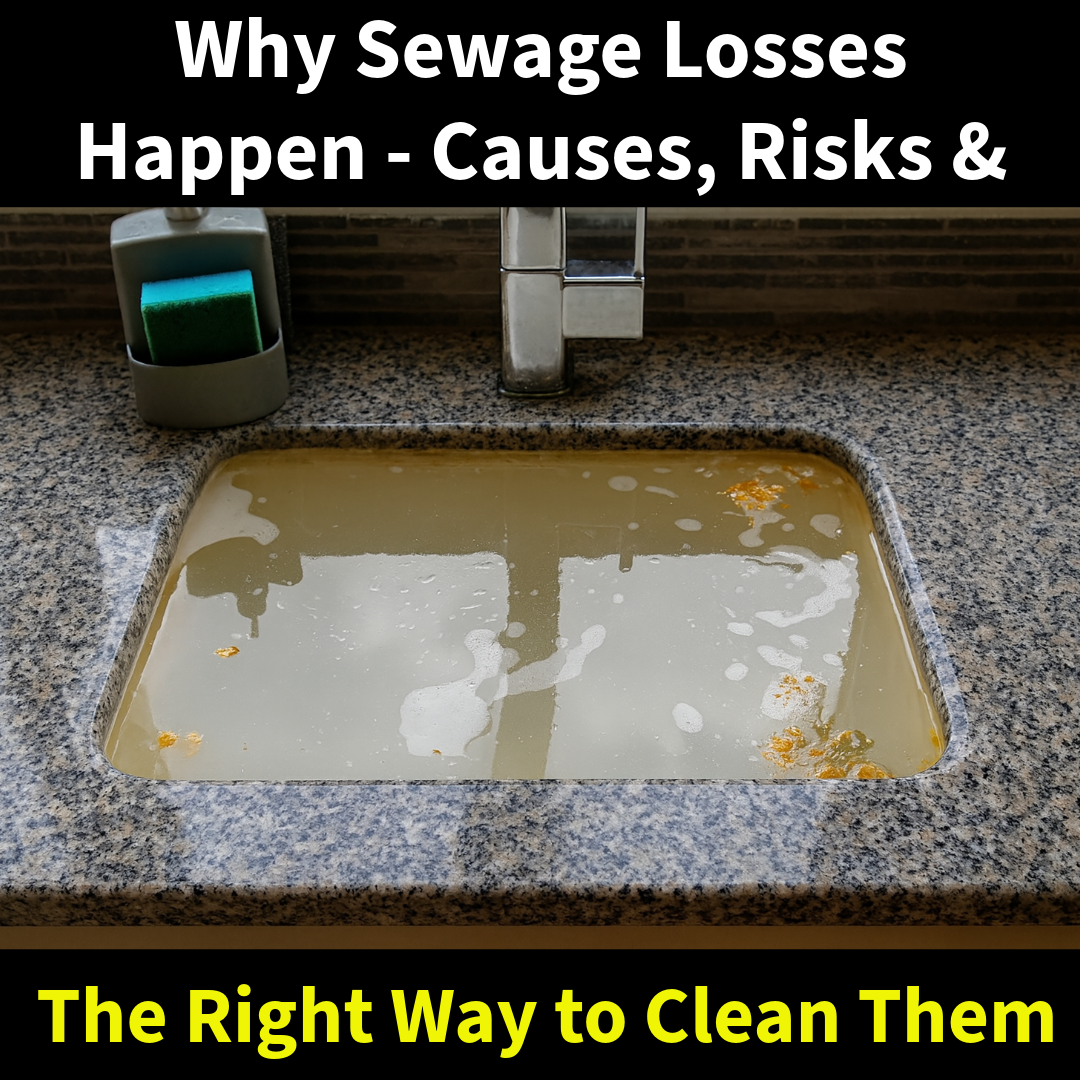When water damage strikes — whether from a burst pipe, leaking appliance, or heavy rain — many homeowners reach for household fans and a store-bought dehumidifier, hoping that will solve the problem. While it may seem like a quick fix, these tools simply aren’t powerful enough to stop the hidden dangers that come with water damage. Without the right equipment and techniques, moisture lingers in your home’s structure, creating the perfect conditions for mold growth and costly repairs.
Why Household Equipment Falls Short
- Fans: A box fan or ceiling fan circulates air, but it doesn’t create the high-velocity airflow needed to pull moisture out of walls, flooring, and other building materials.
- Store-bought dehumidifiers: These units are designed for comfort in a bedroom or basement, not for drying a water-damaged structure. They pull out only a fraction of the moisture required, and can take weeks to have any impact. Meanwhile, mold has time to spread.
What Professional Equipment Does Differently
- Commercial air movers: These machines blast air at floor level and across surfaces, forcing moisture out of wood, drywall, and carpeting.
- Industrial dehumidifiers: Unlike small home units, professional dehumidifiers extract dozens — even hundreds — of pints of water per day, rapidly lowering humidity to safe levels.
- Moisture meters and thermal imaging: Hidden dampness inside wall cavities or under flooring can’t be seen with the naked eye. Professional tools detect and verify that everything is truly dry.
Why Speed Matters: Stopping Mold Before It Starts
Time is critical after water damage. Mold can begin growing in as little as 24 to 48 hours if moisture is left unchecked. Even if a surface feels dry, deep inside the materials, moisture may still be present. Professional drying equipment ensures the structure is dried quickly and completely, cutting off mold before it has a chance to take hold.
Protecting Your Home and Health
Using household equipment may make the surface look better temporarily, but it doesn’t address the bigger issue. Without full structural drying, homeowners often face mold infestations, warped building materials, and persistent odors just weeks later. Professional equipment prevents these problems, saving money, time, and stress in the long run.
The MSI Difference
At MSI, we use advanced drying equipment and IICRC-certified techniques to restore homes the right way. Every job is documented with moisture readings to prove that your property is safe, dry, and mold-free. Choosing professional help isn’t just about convenience — it’s about protecting your home and your health.
Don’t risk mold and long-term damage by relying on household fans. Call MSI today at 215-339-1769 for fast, professional water damage restoration.
